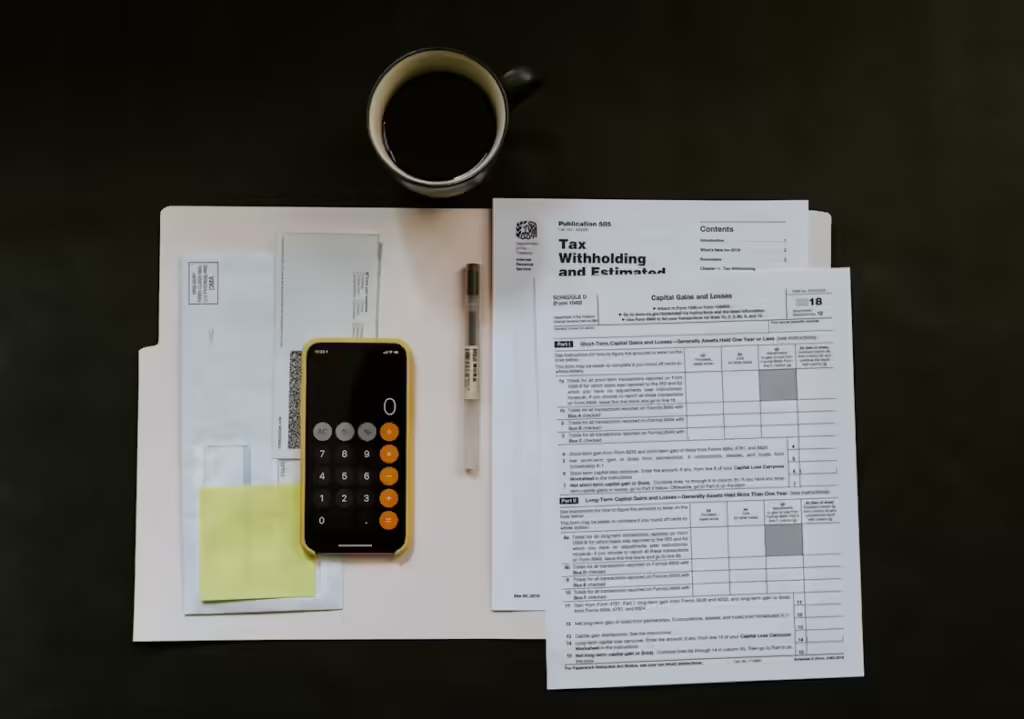Why Numbers Like 3207652001 Matter
Most people overlook the simple stuff. But keeping commonly used numbers handy—like 3207652001—can save you repeated effort and mental load. Think about how often we reach for our phones to retrieve the same contacts or digits. Automating or organizing these into tools or systems you regularly use (CRMs, messaging apps, spreadsheets) reduces friction.
A 10digit number might seem trivial, but in the right context, it’s a key. It could belong to a trusted client, a team member who handles logistics, or your weekend handyman. The point isn’t who owns it, but how streamlined your access is.
Don’t Memorize, Systematize
In the age of automation, muscle memory isn’t a strength—it’s a liability. You’ve got better things to remember than a phone number. Tech stacks, newsletters, software logins? Sure. But leave the digits to system design. Tools like cloudbased contact organizers or syncenabled CRMs let you keyword search numbers like 3207652001 in seconds—no mental jog required.
Better yet, create standard naming conventions in your docs or communication logs, combining short descriptions next to numbers. Instead of “Untitled Contact” or “Unknown Caller,” a tag like “Logistics Dispatch 3207652001” gives function to the chaos.
Text, Don’t Talk Unless Needed
Nobody wants uninvited phone calls anymore—texts and automated pings rule for a reason. If you’re managing interaction for numbers like 3207652001, encourage asynchronous touchpoints. Voicemail and callback loops waste time. Quick, clear messaging—especially through text or chatbased tools—lets you handle more with less energy.
Consider templated messages. Prewritten SMS or WhatsApp templates let you engage with key contacts efficiently. You hit send, they reply at their pace, and you keep moving. Less interruption, more flow.
Tag Your Data
If you’re running operations—customer service, appointments, or deliveries—labeling contacts and numbers isn’t optional. It’s part of intelligent ops. Apply simple tags or color codes to contacts in your system so a number like 3207652001 is always identifiable at a glance.
Use whatever platform you’re on—Excel sheet, Google Contacts, HubSpot CRM—and searchenable it. A simple “CTRL+F” or tag called “high priority” can help you surface timesensitive info in seconds. That’s how operational clarity stacks over time.
Backup and Redundancy
Lost contacts aren’t just an inconvenience—they break workflows. Ensure numbers like 3207652001 are synced across platforms: phone, cloud, desktop. Upload contacts monthly to digital storage; better yet, automate the task. Tools like Zapier and IFTTT can autobackup contact data to your cloud folders.
Also, create tiered access. Key business contacts should be available not just to you, but to your secondincommand or customer support lead. Shared access decreases bottlenecks.
No Number Exists in Isolation
A number’s just one part of a bigger operational web. If you rely on 3207652001 in your workflows, pair it with metadata: location, function, time zones, communication history. Don’t reduce contacts to numbers. Instead, enrich them.
This isn’t about long case files. A single line added in a notes section—“Delivery dispatch, Minneapolis, calls weekdays” can transform how you interact. It makes followups snappier and deescalates confusion if roles overlap.
Final Thoughts
You don’t need to memorize every contact you deal with—but you should know how to access, manage, and communicate with them fast. Numbers like 3207652001 should never be floating in mental space or buried in random call logs. Build systems to surface and use them fluidly.
Keep your data clean, your formats simple, and communication sharp. The faster you reach out, reply, or act, the more efficiently everything else runs. Small habits around something as basic as a 10digit number often separate operational chaos from smooth flow.

 Chief Operations Officer (COO)
As Chief Operations Officer, Ava Brodribb ensures that all aspects of the company's operations run smoothly and efficiently. With a keen eye for detail and a commitment to operational excellence, Ava oversees daily business activities, manages resources, and leads cross-functional teams to achieve the company’s goals. Her background in project management and operational strategy has been instrumental in driving the company’s success and maintaining its competitive edge in the marketplace.
Chief Operations Officer (COO)
As Chief Operations Officer, Ava Brodribb ensures that all aspects of the company's operations run smoothly and efficiently. With a keen eye for detail and a commitment to operational excellence, Ava oversees daily business activities, manages resources, and leads cross-functional teams to achieve the company’s goals. Her background in project management and operational strategy has been instrumental in driving the company’s success and maintaining its competitive edge in the marketplace.
